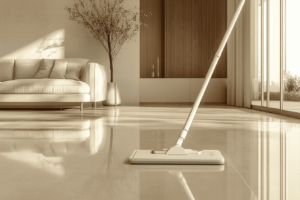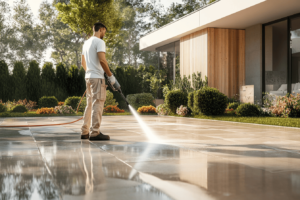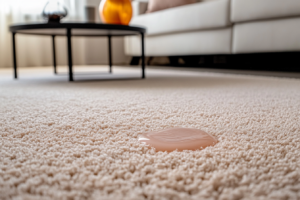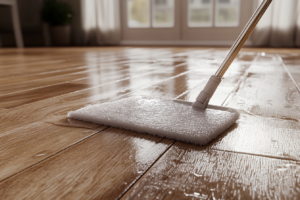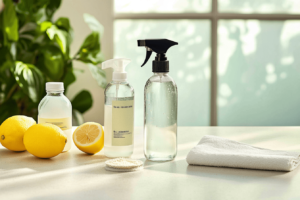arpets are the unsung heroes of our homes, providing warmth, comfort, and a touch of elegance underfoot. But with all that foot traffic comes dirt, stains, and wear. Learning how to clean a carpet isn’t just about aesthetics—it’s crucial for a healthy home environment, especially if you have children or pets. From the delicate fibres of wool carpets to the durable, stain-resistant polypropylene, each type of carpet presents unique challenges when it comes to cleaning. And let’s not forget the occasional spill—tea, red wine, or even nail varnish—that can send you into a panic. But fear not! With the right techniques and a bit of elbow grease, you can keep your carpets looking as good as new. Ready to dive in? Let’s get those carpets spotless!
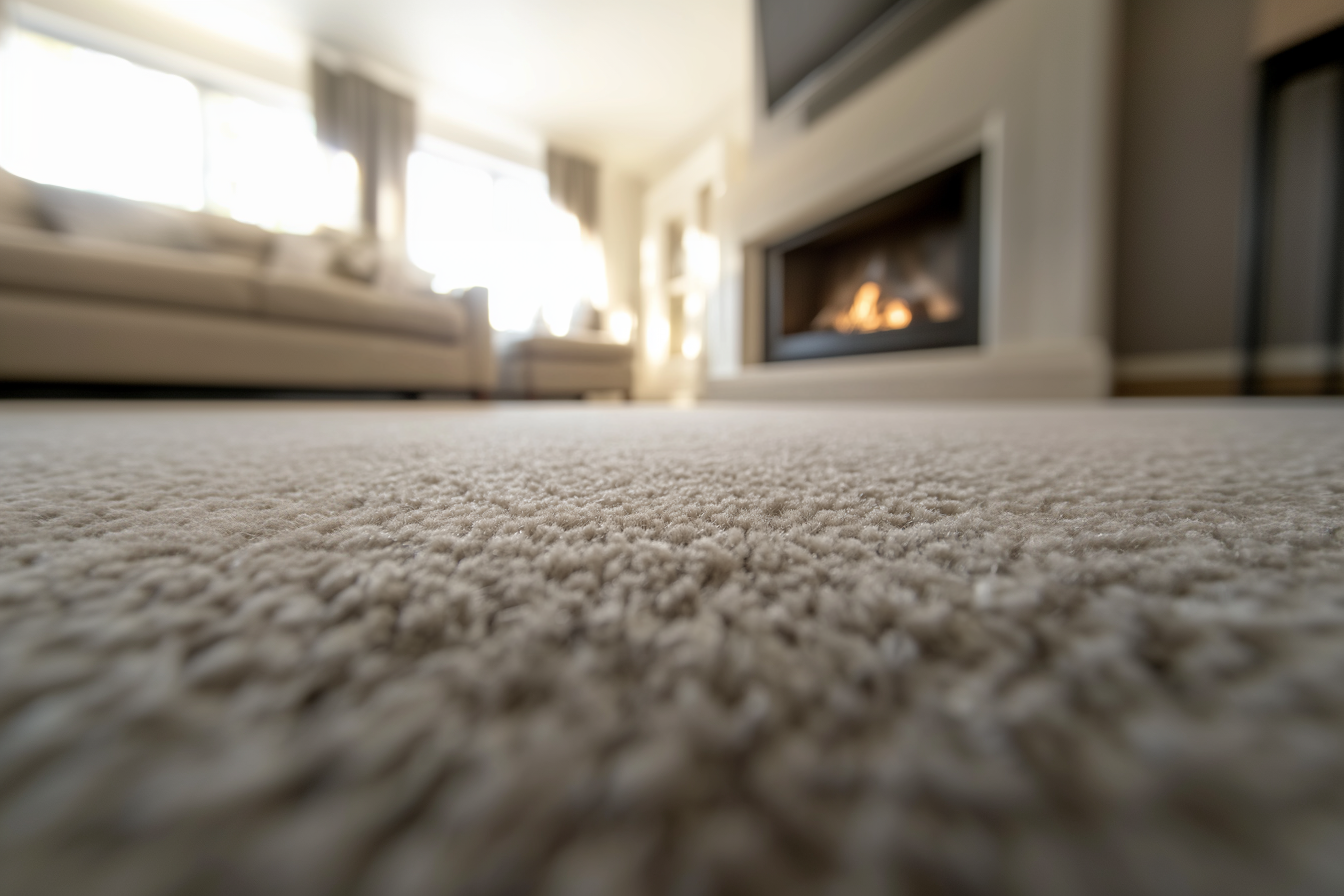
How to Clean a Carpet by Hand
When it comes to carpet cleaning, there’s something satisfying about doing it by hand. Not only does it give you control over the process, but it also ensures a thorough clean, especially in those hard-to-reach areas. Here’s a simple step-by-step guide to cleaning your carpet manually:
- Vacuum Thoroughly: Start by vacuuming your carpet to remove any loose dirt and debris. This step is crucial as it prevents you from rubbing dirt deeper into the carpet during the cleaning process.
- Prepare Your Cleaning Solution: Mix a mild detergent with warm water in a spray bottle. Avoid using too much soap, as this can leave residues that attract more dirt.
- Test for Colourfastness: Before you start cleaning, test your cleaning solution on a small, inconspicuous area of the carpet to ensure it doesn’t cause any discolouration.
- Blot, Don’t Rub: Spray the solution onto a section of the carpet and gently blot with a clean cloth. Rubbing can damage the fibres and spread the stain.
- Rinse and Repeat: Once you’ve treated the area, rinse it with clean water and blot dry. Repeat the process if necessary until the carpet is clean.
- Dry Properly: Ensure the carpet dries thoroughly to prevent mould and mildew. Open windows, use fans, or even a hairdryer to speed up the process.
Cleaning your carpet by hand might take a bit more time, but it allows you to focus on specific areas, ensuring a deeper clean. Plus, it’s a great workout! Regular hand cleaning, combined with occasional professional services, can extend the life of your carpet, keeping it fresh and vibrant for years.
How to Clean a Wool Carpet
Wool carpets are a luxurious addition to any home, known for their softness, durability, and natural resistance to dirt. However, their delicate fibres require a gentle touch when cleaning. Here’s how to clean a wool carpet without damaging its natural beauty:
- Vacuum Regularly: Wool carpets are prone to shedding, so regular vacuuming is essential. Use a vacuum with adjustable height settings to avoid pulling at the fibres.
- Spot Cleaning: For minor spills, blot the area immediately with a clean cloth. Avoid using hot water, as this can set the stain. Instead, use a mixture of cool water and a wool-safe detergent. Apply the solution sparingly and blot, rather than rub, to prevent damage.
- Deep Cleaning: Occasionally, your wool carpet will need a deeper clean. Use a wool-specific carpet cleaner or hire a professional service that specializes in wool. These cleaners are designed to be gentle yet effective, removing dirt without stripping the natural oils from the fibres.
- Avoid Excessive Moisture: Wool is highly absorbent, so it’s crucial to avoid soaking the carpet. Use as little water as possible and ensure the carpet dries completely after cleaning.
By following these steps, you can keep your wool carpet looking pristine while maintaining its luxurious feel. Wool carpets may require a bit more care, but their natural beauty and durability make them well worth the effort.
How to Clean a Polypropylene Carpet
Polypropylene carpets are a popular choice for busy households due to their durability and stain resistance. However, like any carpet, they still need regular cleaning to stay in top condition. Here’s how to clean your polypropylene carpet effectively:
- Vacuuming: Start by vacuuming the carpet to remove loose dirt. Polypropylene fibres are naturally resistant to staining, but regular vacuuming helps to prevent dirt from becoming embedded.
- Spot Cleaning: For small stains, blot the area with a clean cloth soaked in a mild detergent solution. Polypropylene is resistant to most stains, but acting quickly will prevent the stain from setting.
- Deep Cleaning: Polypropylene carpets can handle a more robust cleaning approach. You can use a steam cleaner with a detergent solution suitable for synthetic fibres. Make sure to follow the manufacturer’s instructions to avoid damaging the carpet.
- Dealing with High-Traffic Areas: For areas that see a lot of foot traffic, you might need to go over them twice with the steam cleaner. Pay extra attention to corners and edges where dirt tends to accumulate.
Polypropylene carpets are easy to care for, making them ideal for homes with children and pets. With regular maintenance, your carpet will stay looking fresh and new, even with daily wear and tear.
How to Clean Stains from a Carpet
Stains are inevitable, but they don’t have to be permanent. Here’s how to tackle the most common carpet stains with ease.
How to Remove Tea Stains
Tea stains can be stubborn, but they’re not impossible to remove. Start by blotting the spill with a clean cloth to absorb as much liquid as possible. Then, mix a solution of white vinegar and water, and apply it to the stain. Blot again with a clean cloth until the stain lifts. If the stain persists, a bit of dishwashing liquid mixed with water can do the trick. For tough stains, consider contacting a professional cleaner.
How to Remove Red Wine Stains
Red wine spills are the stuff of nightmares, but quick action can save your carpet. Blot the area with a clean cloth to soak up as much wine as possible. Next, sprinkle salt over the stain—it helps to absorb the liquid. Leave the salt for a few minutes before vacuuming it up. Follow with a mixture of dish soap and water, gently blotting the area until the stain fades.
How to Remove Blood Stains
Blood stains can be tricky, especially if they’ve dried. For fresh stains, use cold water—never hot, as it can set the stain. Blot the area with a cloth soaked in cold water until the stain begins to lift. For dried stains, you might need a more aggressive approach. Mix a bit of mild detergent with cold water and apply it to the stain, blotting until it lifts. If necessary, use a bit of hydrogen peroxide, but test it on an inconspicuous area first to ensure it doesn’t bleach the carpet.
How to Remove Pee Stains
Pee stains are not just about the stain but also the odour. Blot the area immediately with a clean cloth. Then, use a mixture of white vinegar and water to neutralise the smell and lift the stain. Baking soda is another great option—sprinkle it over the stain, let it sit for a few hours, then vacuum it up.
How to Remove Nail Varnish Stains
Nail varnish on the carpet can be a nightmare, but it’s manageable with a bit of care. Use a non-acetone nail varnish remover—acetone can damage the carpet fibres. Blot the stain gently, using a clean cloth, until the varnish starts to lift. Be patient, as rushing can spread the stain.
Maintaining Your Carpet’s Cleanliness
Keeping your carpet clean is all about regular maintenance and quick action when accidents happen. From the soft luxury of wool to the durable practicality of polypropylene, each carpet type has its own cleaning needs. By following these tips and addressing stains as soon as they occur, you can keep your carpets looking fresh and vibrant for years to come. And remember, for those stubborn stains or deep cleans, don’t hesitate to call in the professionals—they’re just a booking away with Wecasa!


